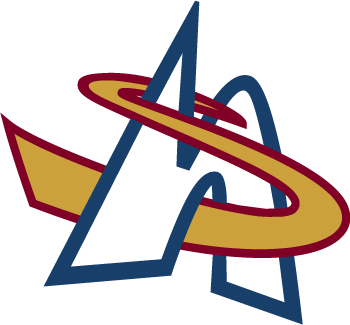What is paranordic (also sometimes called adaptive) skiing?
Paranordic skiing is a winter activity that allows people with disabilities to nordic ski, sometimes using specialized equipment.
Who can ski?
People with many different disabilities can nordic ski including those with: Cerebral palsy, Multiple sclerosis, Spinal cord injury, brain injuries, visual impairment , amputation and autism.
How is it practiced?
Standing – Some people will be able to ski standing using the same equipment as able-bodied skiers or with slight modifications. Nordic skiing is especially suited to people with visual impairments – with the help of a guide and the tracks. People with autism or brain injuries often enjoy the repetition and the tranquil environment of Nordic skiing.
Sitting– Sit skis can be used by people who either cannot use their legs or who might find it more comfortable to ski in a seated position. Reasonable upper body strength is required. The sit ski is a chair- like sled with cross country skis underneath. Short ski poles are used for propulsion.
You can enjoy this sport:
Recreationally
Competitively
As a means of cross-training for a summer sport
The benefits of Nordic skiing include:
Improvement of your cardiovascular fitness
Improvement of strength and flexibility
Development of new motor skills
Building self confidence and self esteem
Enjoyment of the outdoors in winter
Opportunities to ski and socialize with friends
How to get started
It may be possible for your child with a disability to take part in the Jackrabbit Skill Development program with the help of a volunteer from the Vancouver Island Society for Adaptive Snowsports (VISAS).
A good way for people with disabilities to get started with Nordic skiing is through VISAS. VISAS volunteers offer one-on-one instruction in Nordic skiing or sit skiing for people with a wide range of disabilities.
For more information about VISAS, visit their website www.visasweb.ca.

